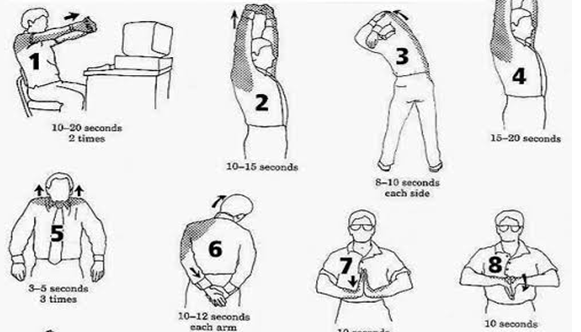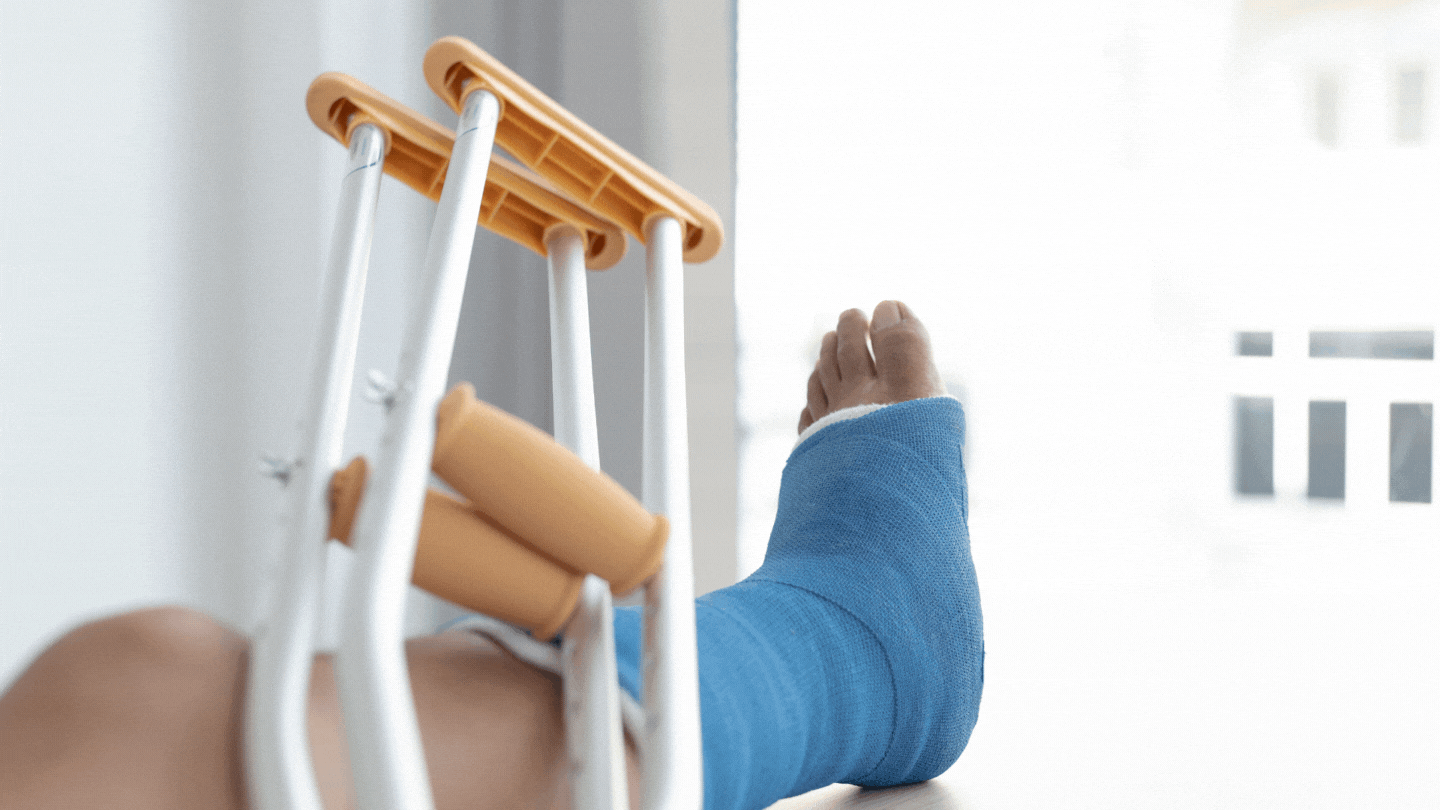Gone are the days when computers were new to the world. Today, technology is the air every sector breathes. The babies come out of the womb and see their parents already working away on their screens. A machine reduces human effort and while computers surely make humans less stressed, they also have a huge role in stressing out their musculoskeletal system. The long hours sitting in front of a computer not only tire the body mentally, but the long shifts also affect the eyes, neck, shoulders, elbows, wrist & hands, and back too. The problem can stem from the hips, knees, and ankles as well. These problems create mild discomfort in short term and turn into monsters who do not let you sleep in the long run.
 Gone are the days when computers were new to the world. Today, technology is the air every sector breathes. The babies come out of the womb and see their parents already working away on their screens. A machine reduces human effort and while computers surely make humans less stressed, they also have a huge role in stressing out their musculoskeletal system. The long hours sitting in front of a computer not only tire the body mentally, but the long shifts also affect the eyes, neck, shoulders, elbows, wrist & hands, and back too. The problem can stem from hips, knees, and ankles as well. These problems create mild discomfort in short term and turn into monsters who do not let you sleep in the long run.
Gone are the days when computers were new to the world. Today, technology is the air every sector breathes. The babies come out of the womb and see their parents already working away on their screens. A machine reduces human effort and while computers surely make humans less stressed, they also have a huge role in stressing out their musculoskeletal system. The long hours sitting in front of a computer not only tire the body mentally, but the long shifts also affect the eyes, neck, shoulders, elbows, wrist & hands, and back too. The problem can stem from hips, knees, and ankles as well. These problems create mild discomfort in short term and turn into monsters who do not let you sleep in the long run.

In this new pandemic-hit world, everyone regardless of age has found studies, work, and life on their screens. The computers kept the world running when the virus hit the roads and shut down countries altogether. The world has learned the way of living digitally but the problems it brings are yet to be tackled. In research, done by medical students of Swami Vivekananda Subharti University under the guidance of Dr. Chhavi Kiran Gupta(Associate Professor)to find the baseline knowledge of correct practices of Computer WorkErgonomicsamongst 100 employees it was concluded that the prevalence of headache and neck, shoulder, back pain in relation to age, sex, working hours and work set up was statistically significant. In the study, 83% were men, and the rest 17% were women. It constituted the age group between 25 to 45 years (62%), less than 45 years(15%), and less than 25 23%. The majority of the study constituted of working on the computer for more than 6- 8 hours i.e. 40%. The rest 28% were working for more than 8 hours, 20% for 3-6 hours, and 12% for less than 3 hours. The study inferred that only 37% and 52% of employees were using correct wrist and hand posture respectively. The research showed that 32% had complaints of neck pain and 52% had more than one back and shoulder-related pain and 24% had lower back pain. The study inferred that 52% of employees had more than 1 eye problem.

When the problem has gripped so many and can cause a big threat by affecting activities of daily living of an even bigger population in the years to come preventive measures and solutions should be sprinkled around. A physiotherapist can assess and treat all the above-mentioned musculoskeletal problems but a professional’s work doesn’t end there. A professional spreads “awareness* and puts input where correction is needed to avoid future damage. A lot can be done to avoid work-related injuries.
The physiotherapists can teach people about correct sitting and standing posture by conducting workshops. The person should have a distance of at least 45 centimeters between the eyes and the monitor. The head should be held upright with eyes slightly looking downward without bending the neck. The back should be supported, elbows bent at 90° and forearms should be horizontal. The shoulders should be relaxed, but not depressed. The wrist is in a neutral posture (straight) The thighs are horizontal with a 90˚–120˚ angle at the hip and the feet are fully supported, flat on the floor. The workstation should be arranged in a smart manner. The space can be divided into three zones. Items used frequently should be located within easy reach, the primary zone. The items needed occasionally should be put a little far, in the secondary zone. Lastly, rarely used items can be placed the farthest, the tertiary zone.
On a personal level, the importance of frequent breaks and stretching should be highlighted. The practice of taking breaks regularly should be ingrained in people. It can be followed actively by getting up for a quick walk around the room every 25-30 minutes or can be followed passively by putting off the tasks like printing documents to get done during these breaks. Following a stretching routine for 2-3 minutes every few hours throughout the day should be encouraged to avoid stiff muscles.
Along with the above-mentioned tips, keeping an active lifestyle can help keep away issues like carpal tunnel syndrome, frozen shoulder, chronic shoulder pain, impingement syndrome, writer’s cramp, lower back pain, tension neck syndrome, occupational cervicobrachial disorder, herniated disc, etc. The use of computers is for the betterment of humanity. Just as we have adapted new technology in all work fields, measures to stay safe and healthy can also be taught and implemented with the joint effort of professionals and the general public. A musculoskeletal system-friendly workspace is the need of the hour in this tech-savvy world.
“The purpose of technology is not to confuse the brain but to serve the body”
-William S. Burroughs
Dr. Prashansa Jain
PT (BPT- Intern)
Jyotirao Phule Subharti College of Physiotherapy,
Swami Vivekananda Subharti University







